Introduction of a Suspension Bridge
Important Point
Suspension bridges are one of the most popular choices in Bridge construction nowadays, due to the numerous advantages a suspension bridge provides over other bridge structures.
As the name indicates, a suspension bridge is the one in which the bridge deck slab suspends between two towers, or in other words, in a suspension bridge, the deck slab is hanging between two towers of the bridge.
In shape and structural components used in construction, it is very much similar to the cable-stayed bridge structure.
The only difference between a cable-stayed and a suspension bridge is that in case of a cable-stayed bridge, only one tower is constructed at the middle of the bridge.
From which the cables support the bridge deck slab, on either side, while in case of a suspension bridge, two towers are constructed from which the cables extents and support the bridge deck slab.
The history of suspension bridge goes back go the 15th Century, where rope and woods were the prime materials of construction.
Some of the examples of suspension bridges as famous iconic projects are Golden Gate Bridge, Brooklyn Bridge, Akashi Kaikyo Bridge (Longest suspension bridge till now: spans 6523 feet or 1991 meters, Japan), Humber Bridge (United Kingdom) etc.
Also, Read: How Are Bridges Built
How to Build a Suspension Bridge?
The construction procedure of a Suspension bridge is similar to that of ordinary bridge construction, the only exception is in this type of bridge.
Cables are required to hold up the bridge deck slab, while ordinary bridge construction does not require it.
Before starting on how to build a suspension bridge, it necessary go look at the structural components of a suspension bridge, and for which purpose it is being used for.
The structural components of a suspension bridge include Piers (in the form of large towers), main supporting cables (which are often called “catenary”).
Suspenders, and anchorages which are fixed at both ends of the bridge to anchor the main supporting cables.
The initial construction procedure of a suspension bridge involves the construction of the piers or towers following the traditional methods, that is, from foundation to superstructure.
In parallel with the construction of towers, the anchor blocks are fixed on both ends of the bridge in order to anchor the main supporting cables.
Once the towers and anchor blocks are in place, the placing of the main cable will take place.
The main supporting cables (Catenary), consists of hundreds and thousands of thin wires which are then threaded individually by mechanical equipment, which are placed within two end anchor blocks.
Once all the wires are placed, it is then tied together by wrapping it with steel wires and finally coating it with resin compound, to prevent corrosion.
After the main cables are constructed, the suspenders (vertical steel short ropes) are put in place from the main cables.
Which generally varies in height and length (smallest in middle span, to the largest in end spans, due to the parabolic shape of main cables).
Then the final phase of the construction starts, which involves placing the bridge deck.
The bridge decks are generally placed in segments, each segments being prefabricated. Steel girders/trusses or steel boxes are generally being used for the construction of bridge decks.
The placing of the bridge decks is done incrementally from both the towers towards the middle span, which are progressed simultaneously in order to connect the bridge at the middle span.
After the construction of the main bridge, much smaller approaches at the to the bridge are constructed, which then followed by completion & the delivery of the project, and maintenance after.
Also, Read: West Point Bridge Designer
How Does a Suspension Bridge Work?
The functions of the different structural components of a suspension bridge are as follows:
Suspenders:
- The suspenders overhang from the main supporting cables, which carry the dead and live loads (generally traffic loads) from a bridge and transfer it to the catenary.
Main Supporting Cables:
- Parabolic shaped main supporting cables takes the dead & live load of the bridge deck slab from the suspenders and transfers it go the towers/piers.
Towers:
- The towers carry the whole load of the bridge deck slab from either side, by taking it from the main supporting cables and transferring it to the foundation, which is further transferred to the subsoil under it.
Anchor Blocks:
- The function of the anchor blocks are to fix the main cables at the end of the bridges, at either side of the bridge.
The suspension bridge works on the principle of transferring tension by converting it onto the compressive forces.
The dead and live loads from the bridge decks are first transferred to the suspenders, by tension, which is then transferred into the main supporting cables.
Which then further transferred into the towers by converting it into compressive forces. The two towers of the suspension bridge carry equal loads in order to stay into equilibrium.
The weight of the whole suspension bridge is transferred to the towers, which is again transferred to the foundation of the structure and the subsoil below it.
In a suspension bridge, the main cable tension is concentrated in the anchorages at each end. By contrast, the cable tension in a cable-stayed bridge is distributed over many anchorages along the deck.
The more stays the more supports there are to the deck and the lighter and less costly the bridge.
Also, Read: What Is Bridge Pier | Type of Bridge Pier
Suspension Bridge Facts
- A suspension bridge is a type of bridge in which the deck (the load-bearing portion) is hung below suspension cables on vertical suspenders.
- This type of bridge has cables suspended between towers, with vertical suspender cables that transfer the live and dead loads of the deck below, upon which traffic crosses.
Suspension Bridge-Strength & Weaknesses
- There are numerous advantages of a suspension bridge which is being preferred nowadays as an effective choice for bridge re-construct as well as new bridges construction.
- Although not many, suspension bridges do provide some disadvantages.
- In contrast, the number of advantages of a suspension bridge far exceeds the disadvantages, which is why suspension bridges are seen as a popular choice of bridge construction.
The Advantages and Disadvantages of a Suspension Bridge includes
Advantages of Suspension Bridges
- Suspension bridges are very affordable to construct as only a minimal amount of materials, and supplies are necessary to construct the bridge. It needs anchor blocks, cables and steel boxes for the bridge deck.
- One of the biggest advantages of a suspension bridge is that it can cover a long span. So it is very suitable for busy waterways and where the length of the waterways are large.
- It is easier to maintain suspension bridges when compared to other bridge structures. Suspension bridge needs little and a nominal amount of maintenance which preferably includes new coats of paints every year. So it is very affordable as it requires one-time large investment behind the construction of the structure.
- There is more flexibility in the configuration of the suspension bridges. As the suspension bridges are constructed into different segments which are then joined to form the bridge, it is very much possible to modify any part of the structure for maintenance or other structural reasons.
- This type of bridge design requires very little access from the bottom of the deck. As the design of a suspension bridge requires the design of cables and suspenders, there is no necessity to access the bottom of the deck, which again proves to be economical for a technical audit of the structure.
- Suspension bridges can be visually appealing from the aesthetic viewpoint. The parabolic shape of the cable and the shape of the structure provides an aesthetically pleasing experience, which results in increased tourism, affecting the economy of the country as a whole.
Disadvantages of Suspension Bridges
- Suspension bridges can struggle to focus on heavy loads. As this type of bridge can be used to cover very large spans, it’s the inability to carry concentrated focused loads may become a major drawback for the high traffic cities and countries.
- Suspension bridges are weak against high wind. Due to the lower stiffness of the bridge, high winds and earthquakes can cause major damages to the bridge resulting in vibration, and ultimately, failure of the bridge.
- A little amount of access from the bottom deck may be necessary during the construction of a suspension bridge, which can be avoided in cable cable-stayed.
- A suspension bridge has lower feck stiffness compared to other bridge structures.
There are many other pros and cons of a suspension bridge, within which the included ones may be considered important.
Suspension Bridge Pros and Cons
Pros of Suspension Bridge
- It can span over long distances
- It is inexpensive to build
- It is easy to maintain
- It is incredibly versatile
- It is aesthetically pleasing
Cons of Suspension Bridges
- It is vulnerable to the wind
- It has load limitations
- It costs time and money
- It has limited applications
How Are Suspension Bridges Constructed?
A suspension bridge is a type of bridge in which the deck is hung below suspension cables on vertical suspenders. The basic structural components of a suspension bridge system include stiffening girders/trusses, the main suspension cables, main towers, and the anchorages for the cables at each end of the bridge.
What Is the Construction Material of a Suspension Bridge?
The towers of most suspension bridges are made of steel, although a few have been built of steel-reinforced concrete.
Suspension Bridge Disadvantages
- Suspension bridges can struggle to support focused heavy weights.
- There is less flexibility with a suspension bridge.
- High winds can cause a suspension bridge to start vibrating.
- Some access below the deck may be necessary during construction.
Suspension Bridge Advantages
Advantages of Suspension Bridges
- Economic Advantage: The realm spanned by a bridge is extremely long in proportion to the number of materials needed to construct bridges.
- Height Advantage: Built over waterways, suspension bridges are engineered high, permitting the passage of tall ships unrestrained by the bridge.
Suspension Bridge Advantages and Disadvantages
Suspension Bridges
- Advantages of a Suspension Bridge. Best bridge type for creating the longest spans with minimum piers.
- Disadvantages of a Suspension Bridge. A combination of vertical pressures and extreme side wind speeds can lead to a failure of the span.
Suspension Bridge Materials
Bridge materials. Some of the main materials found on a bridge are steel, concrete, stone and asphalt. Other materials include iron, timber, aluminum, rubber and other joint materials.
Pros and Cons of Suspension Bridges
Suspension bridges are impressive engineering marvels that have both advantages and disadvantages. Here are some pros and cons of suspension bridges:
Pros:
- Long-Span Capability
- Aesthetically Pleasing
- Flexibility
- Cost-Effective
- Easy Maintenance
Cons:
- Construction Complexity
- Vulnerability to Wind
- Limited Load Capacity
- Bridge Deck Movement
- Maintenance Challenges
What Are the Disadvantages of a Suspension Bridge?
The cables and towers will be a visual obstruction that some people would rather not have. Security: The last and arguably most significant disadvantage of suspension bridges is that security. These bridges are susceptible to attack, including from terrorists.
Suspension Bridge Strengths and Weaknesses
Suspension bridges are unique structures that have several strengths and weaknesses. Here are some of the key strengths and weaknesses of suspension bridges:
Strengths:
- Long Span Capability
- Aesthetically Pleasing
- High Load-Carrying Capacity
- Flexibility and Resilience
Weaknesses:
- Vulnerability to Wind
- High Construction and Maintenance Costs
- Potential for Cable Corrosion
- Limited Flexibility in Deck Configuration
- Challenging Construction Process
Suspension Bridge Cons
Suspension bridges, like any other infrastructure, have their share of advantages and disadvantages. Here are some cons or disadvantages associated with suspension bridges:
- High Construction and Maintenance Costs
- Vulnerability to Extreme Weather Conditions
- Limited Load Capacity
- Limited Span Length
- Maintenance Challenges
- Sensitivity to Vibrations
- Limited Flexibility for Expansion
Advantages of a Small Suspension Bridge
Small suspension bridges offer several advantages compared to other types of bridges. Here are some of the advantages:
- Cost-Effective
- Flexibility in Site Selection
- Minimal Environmental Impact
- Aesthetically Pleasing
- Efficient Use of Materials
- Long Spans
- Reduces Transportation Barriers
How Are Suspension Bridges Built
The deck is suspended by strong ropes running from the deck level to the main cables. The main cables can consist of parallel strong wires that are aerially spun in place or prefabricated wire ropes. The deck can be stiffened by a truss or by girder elements.
Suspension Bridge Construction
Suspension bridges are impressive engineering structures that rely on tension and compression forces to span long distances. Here’s a general overview of the construction process for a suspension bridge:
- Feasibility Study
- Design and Planning
- Foundation Construction
- Tower Construction
- Cable Installation
- Deck Construction
- Substructure and Approach Construction
- Testing and Inspection
- Opening and Maintenance
Disadvantages of a Small Suspension Bridge
While small suspension bridges can offer certain advantages, they also come with a few disadvantages. Here are some of the potential drawbacks of a small suspension bridge:
- Limited Span
- Weight Restrictions
- Vulnerability to Wind and Vibrations
- Higher Construction Costs
- Maintenance Challenges
- Limited Aesthetics
Suspension Bridge Structure
A suspension bridge is a type of bridge that is supported by cables suspended from towers and anchored at each end. It is designed to carry the load primarily through tension forces in the cables rather than compression forces in the bridge deck.
Here are the main components of a suspension bridge structure:
- Towers
- Main Cables
- Anchorages
- Bridge Deck
- Suspension Cables or Stay Cables
- Piers or Pylons
- Diaphragms and Trusses
How Is a Suspension Bridge Built?
A suspension bridge is typically built using the following steps:
- Site Preparation
- Foundation Construction
- Tower Erection
- Cable Installation
- Deck Construction
- Anchorage Construction
- Finishing Touches
Like this post? Share it with your friends!
Suggested Read –
- What Is a Flyover Bridge
- Compressive Strength of Plywood
- Difference Between CPM and PERT | What Is CPM & PERT
- Hempcrete Vs Concrete | What Is Hempcrete | What Is Concrete
- Difference Between Veneer and Laminate | What Is Veneer | What Is Laminate
- Difference Between Compaction and Consolidation | What Is Compaction | What Is Consolidation
- PVB Vs SGP | What Is Limited Glass | What Is Polyvinyl Butyral (PVB) | What Is Sentry Glass Plus (SGP)
- BHK Full From | What Is BHK | What does 1BHK, 2BHK, 3BHK, 4 BHK, 2.5 BHK, 1 RK, 2 BHK 2T, 3 BHK 2T, 3 BHK 3T Mean
Originally posted 2023-05-15 17:15:07.
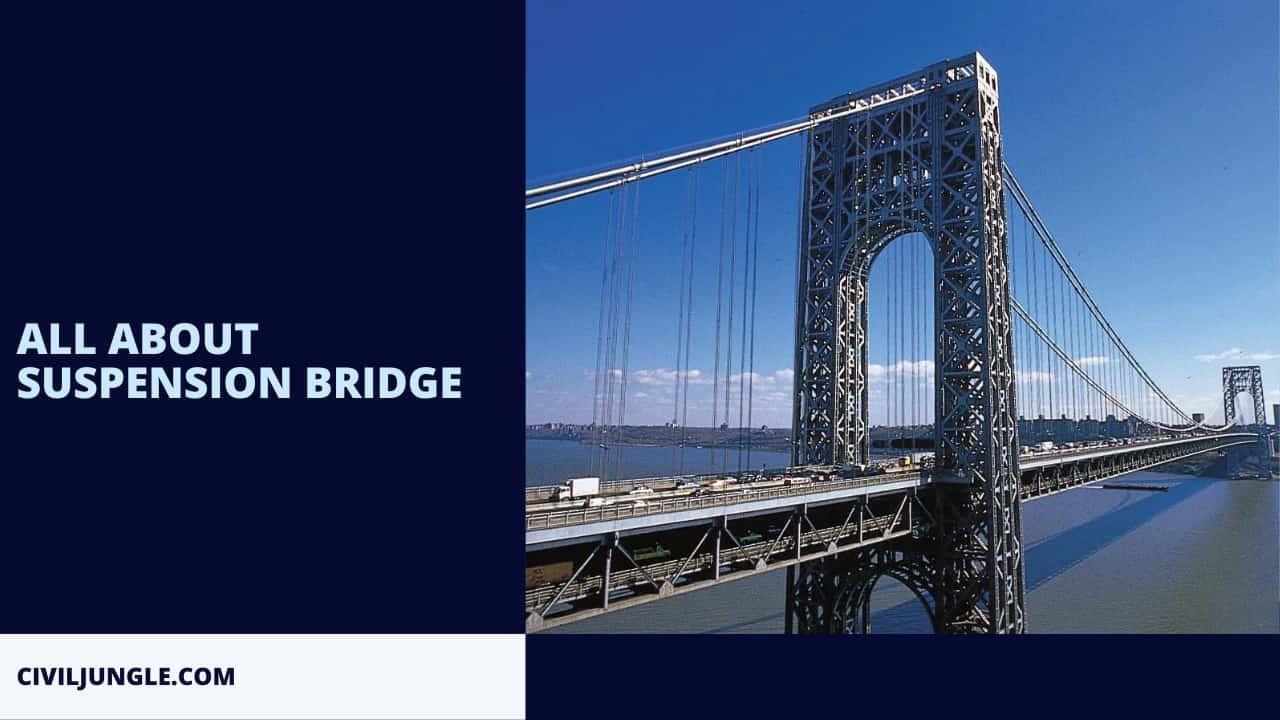
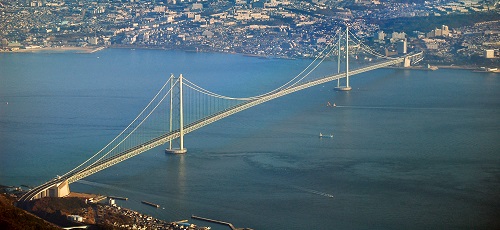

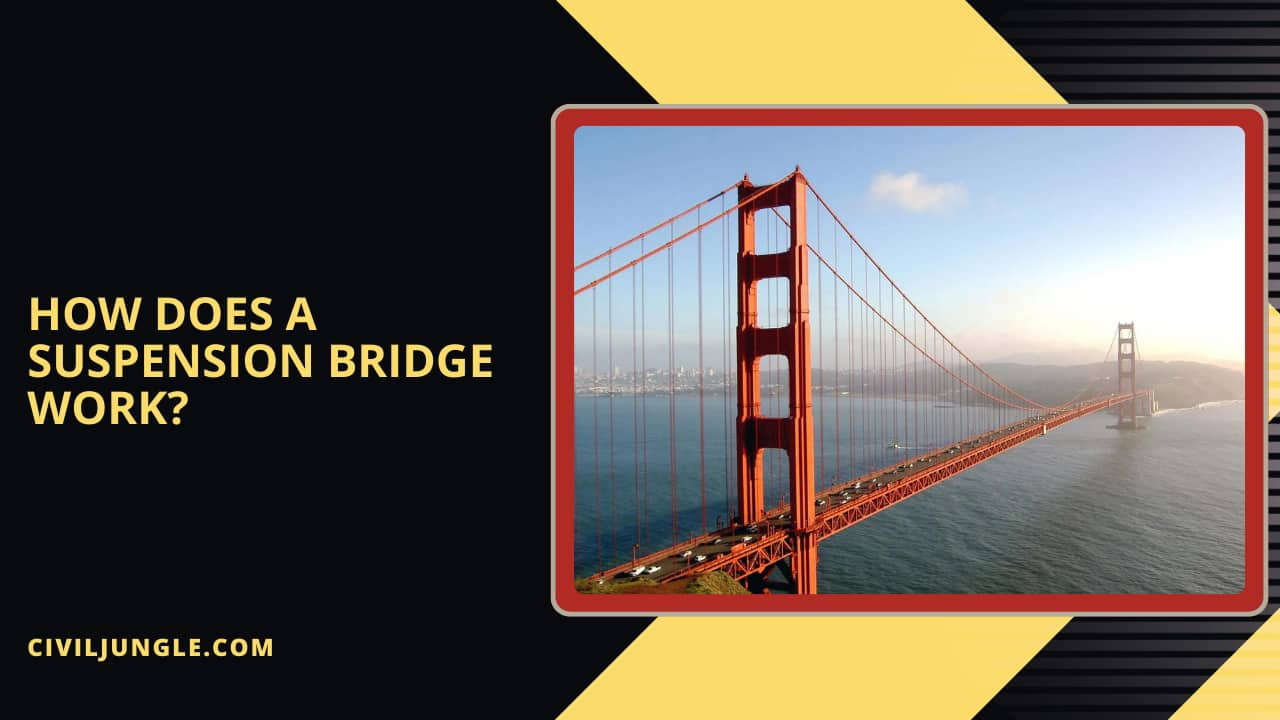

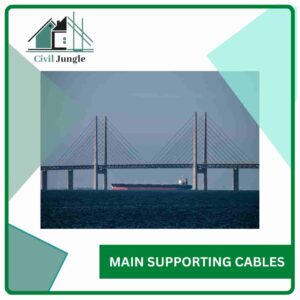
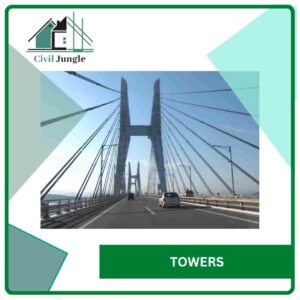
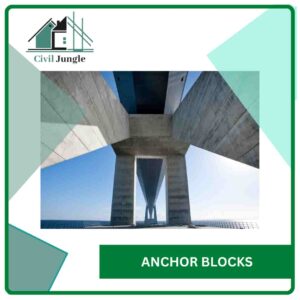
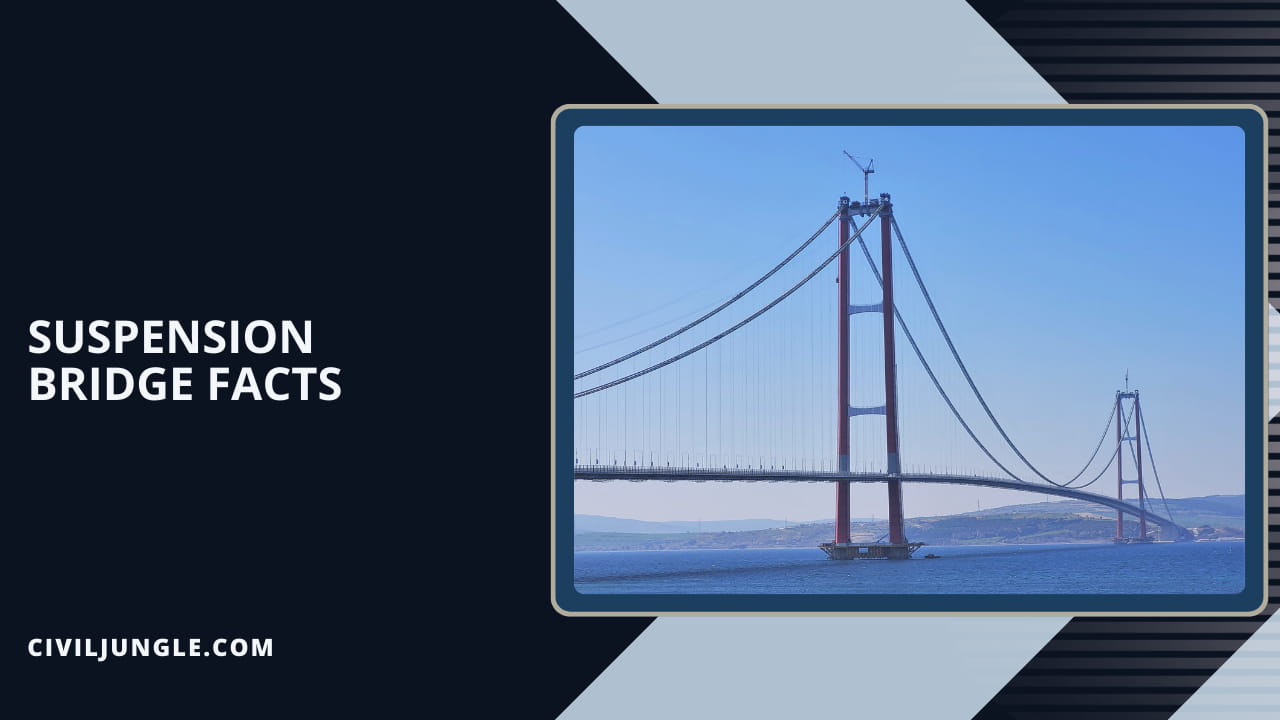
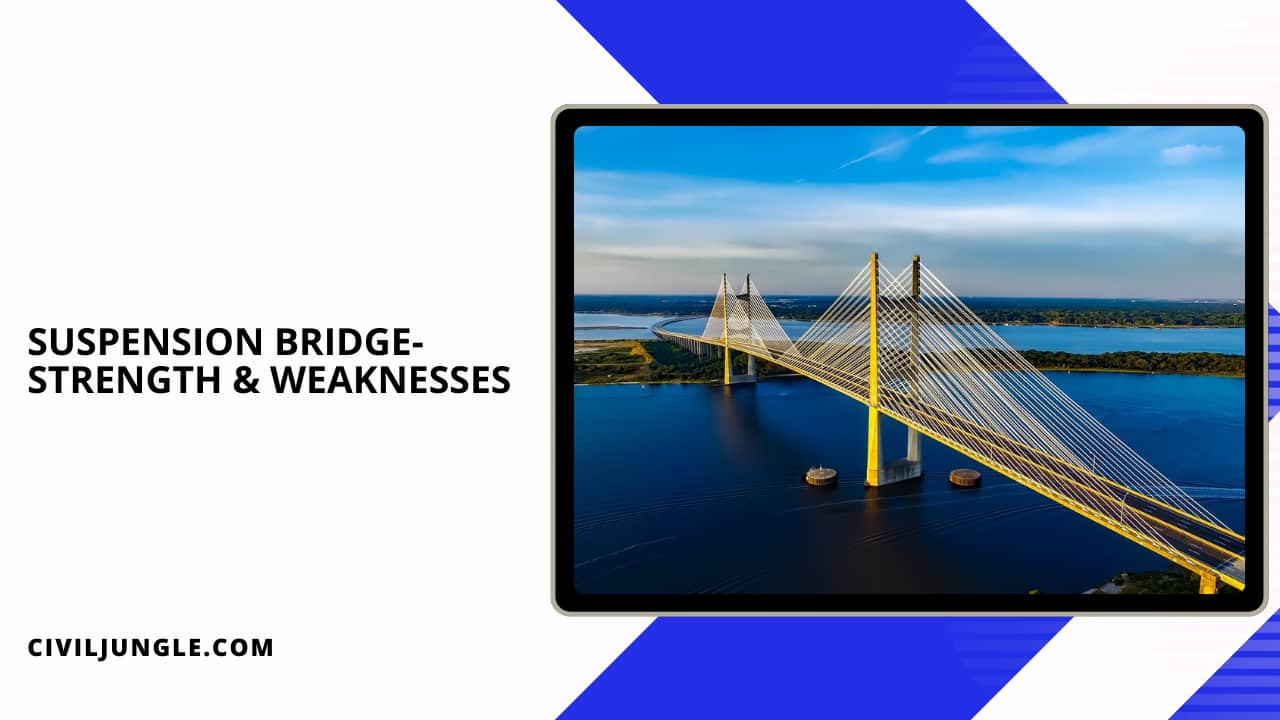


It was interesting when you explained how suspension bridges have lower stiffness that makes them susceptible to vibrations. According to my knowledge, it’s common for bridges to use sensors so any vibrations like these can be detected and appropriate action can be taken. Your article explained the pros and cons of suspension bridges in a way I could understand, so I appreciate you sharing this info!